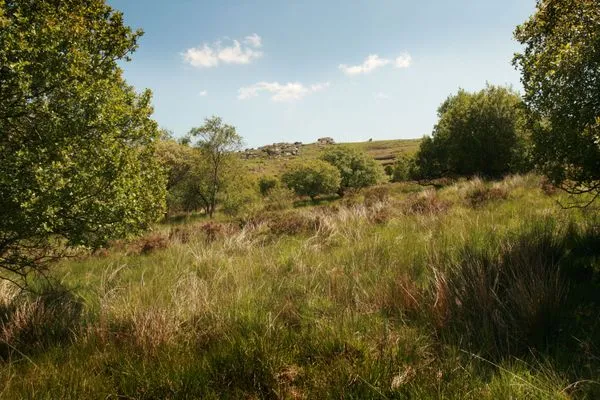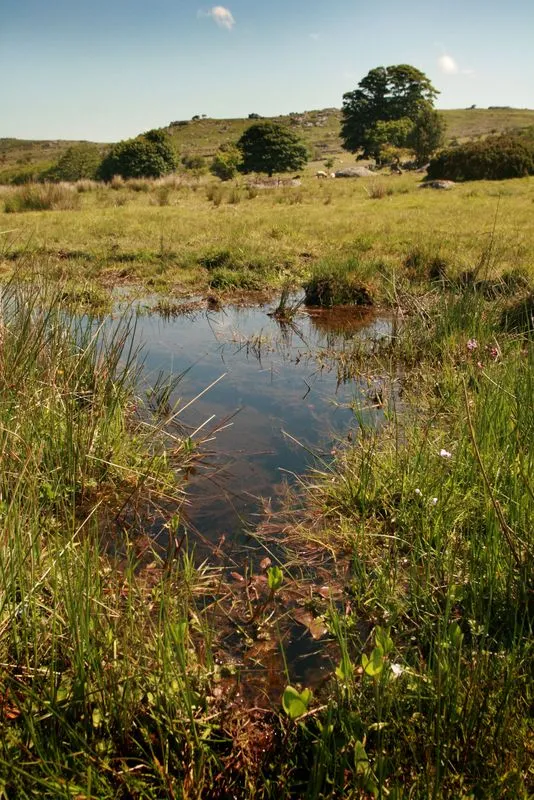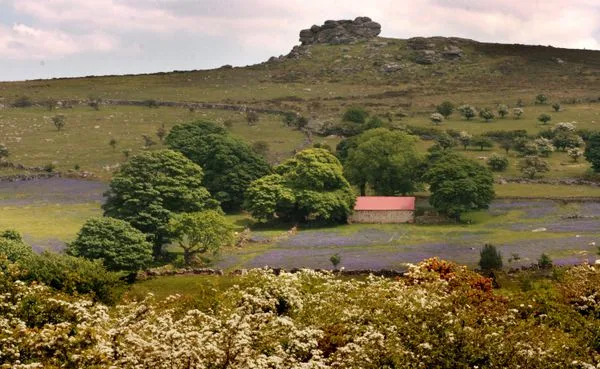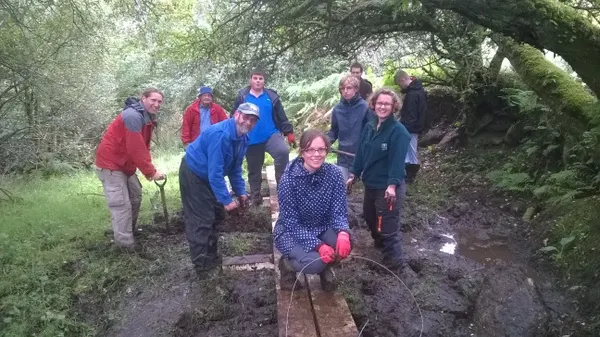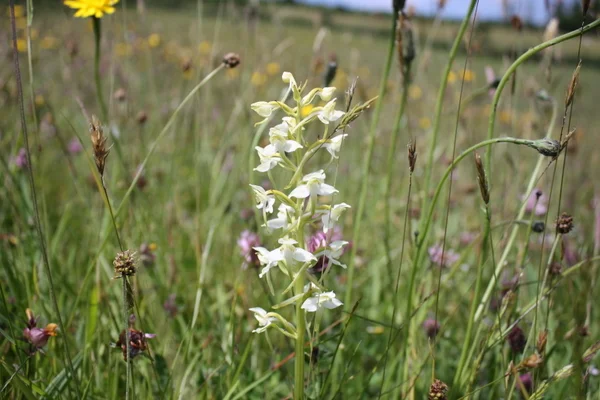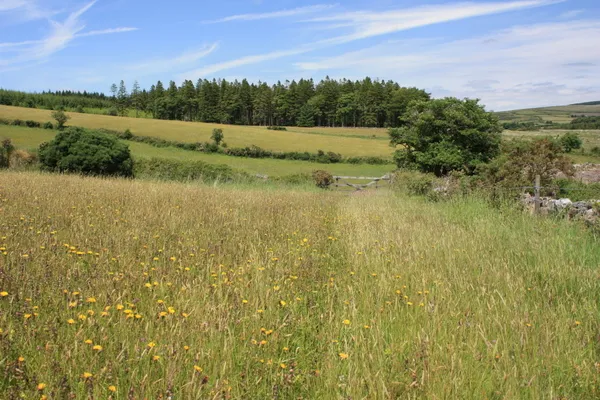Visitors and wildlife at a Dartmoor nature reserve have been
the beneficiaries of a generous funder.
Help from the SUEZ Communities Trust has enabled Devon
Wildlife Trust to make some significant improvement to its Bellever Moor and
Meadows nature reserve. The reserve covers 72 hectares of mainly
wildflower-rich hay meadows and moorland near Postbrige on Dartmoor. It became
one of Devon Wildlife Trust’s 50 nature reserves as recently as 2015.
A funding grant of £13,340 from SUEZ Communities Trust,
which supports community and environmental improvement projects through the
Landfill Communities Fund, has allowed the conservation charity to install
nearly a mile of new fencing and replace eight dilapidated field gates. The
grant also provided the resources with which local volunteers were able to
repair traditional stone walls.
Steve Hussey of Devon Wildlife Trust said:
“Fencing and the repair of stone walls doesn’t sound the
most glamorous types of conservation work, yet they are vital if we are going
to properly manage Bellever Moor and Meadows for wildlife. Stock proof fields
allow us to introduce grazing livestock which then control grasses and allow
wildflowers and other wildlife to flourish.”
“We also think the repaired traditional stone walls look
magnificent in this moorland setting. They were the work of local volunteers,
all trained in the skills needed through financial help from the SUEZ
Communities Trust.”
Support from SUEZ Communities Trust has also allowed Devon
Wildlife Trust to improve public access to the reserve. Two new kissing gates
have been built on main routes, while discrete signage now welcomes and directs
visitors.
The charity’s Steve Hussey said:
“We’re especially proud of a new bench which gives
visitors a place to pause and enjoy local nature and some stunning moorland
views. Subtle illustrations on the bench let visitors know about the wildlife
they can hope to see.
Support from the SUEZ Communities Trust has helped us
improve this wonderful part of Dartmoor for people and wildlife. We’ve been
able to make it easier for locals and visitors to the area to access Bellever
Moor and Meadows and when they do visit they will find the nature reserve in better
shape than it has been for a generation.”
Marianne Ivin of SUEZ Communities Trust added:
“This is another wonderful project funded through our
Accessing Nature fund. Being able to open up new areas of the site to allow the
public to gain access to some beautiful wildflower meadows is very exciting for
us to be part of. SUEZ Communities Trust provides grants through the Landfill
Communities Fund. This important source of funding has been available since
1997 and has provided such worthy projects with more than £1.4 billion.”
People can plan their visit to Devon Wildlife Trust’s Bellever Moor and Meadows at www.devonwildlifetrust.org/reserves
Bellever
Moor and Meadows Nature Reserve Photo copyright Devon Wildlife Trust (All rights reserved)
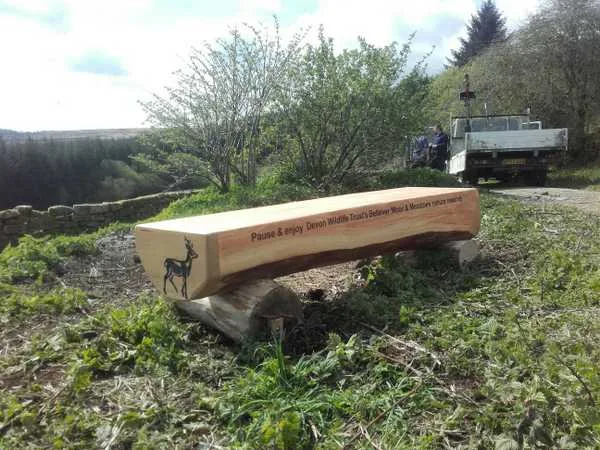
New bench at Laughter Hole, Bellever
Moor and Meadows. Photo copyright Devon Wildlife Trust (All rights reserved)
About SUEZ Communities Trust (formerly SITA Trust)
SUEZ Communities Trust is an independent funding body set up
in 1997 to provide funding through the Landfill Communities Fund. To date SUEZ
Communities Trust has supported more than 3,900 projects to a combined value of
over £110 million using tax credits donated by SUEZ Recycling and Recovery UK
(formerly SITA UK).
SUEZ Communities Trust funds improve vital public recreation
facilities such as village halls, community centres, sport, heritage, green
spaces and play areas.
For information on how to apply for funding from SUEZ
Communities Trust call (01454) 262910 or visit www.suezcommunitiestrust.org.uk
About Landfill Tax and the Landfill Communities Fund
About Landfill Tax and the Landfill Communities Fund
The Landfill Communities Fund is an innovative tax credit
scheme enabling Landfill Operators (LOs) to contribute money to organisations
enrolled with the scheme regulator, ENTRUST, as Environmental Bodies (EBs) EBs
use this funding for a wide range of community and environmental projects in
the vicinity of landfill sites. LOs are able to claim a credit (currently 5.7%)
against the landfill tax liability for 90% of the contributions they make.
Since its inception, in 1996, over £1.4 billion has been
spent on more than 53,000 projects across the UK. For more information please
visit www.entrust.org.uk


